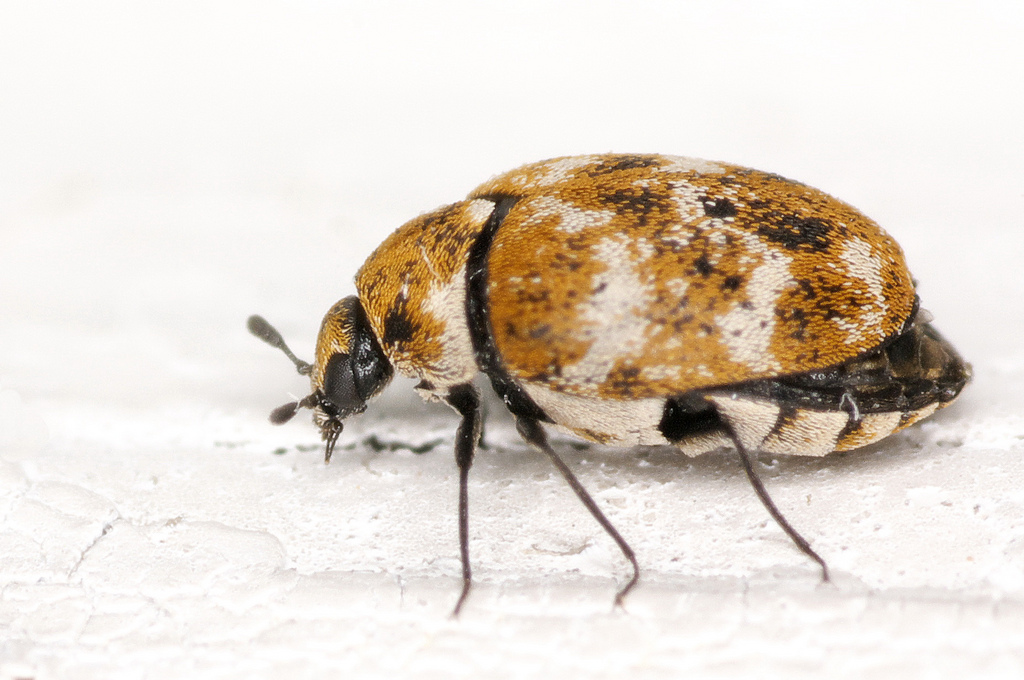
My reoccurring nightmare in stressful times features lice bugs. I wake up itching — being a parent means I’ve become an expert nit spotter. Still, this knowledge doesn’t prepare me for study results just published in the scientific journal PeerJ. Entomologist Matt Bertone and his colleagues did an arthropod census on 50 homes within 30 miles of Raleigh, N.C.
“This was no ordinary census,” writes Erin Blakemore in The Washington Post. “Armed with knee pads, headlamps, tweezers and vials of alcohol, groups of entomologists scoured the superficial surfaces of each home, putting at least one of each different type of bug they could find in a vial to analyze later. They came away with over 10,000 arthropods of all sizes.”

Arthropod is such a nice sounding word. In reality, an arthropod lacks a vertebrae but has an exoskeleton and a segmented body and it looks much better from a distance: say outside of your bed and under a microscope. Say behind a window at the North Carolina Museum of Natural Sciences’s nature research center. This is exactly where the researchers studied their found bugs, with a microscope attached to a monitor while museum guests watched species being identified.
While I can’t tell you how many arthropods claim your house number as a residence, the study found out that an average human household contains “around 100 distinct morphospecies.” Blakemore writes that morphospeicies simply means “species that can be distinguished by their structures alone.”
So, you know, 100 different types of bugs make each house a home fit for animals lacking backbones. Which reminds me of my best lice memory: watching The Land Before Time TV shows with my girls while nit picking. Hours of family closeness that doesn’t surface in my reoccurring lice nightmares.
But I digress. Entomologist Bertone assures us Most of these bugs are "only a few millimeters long.” Most homes contained harmless book lice (we are readers!) and dark-winged fungus gnats and all 50 houses housed cobweb spiders. Which, as you know, make artwork for the corners of our rooms.
“They’re just milling around at the edges of room, eating little bits of hair and dead insects. This isn’t something that should change people’s behavior,” says Bertone in The Washington Post.
Perhaps, just maybe, if I spend some time googling photos of the most common arthropods, book lice will try to upstage head lice during my next stress dream.











